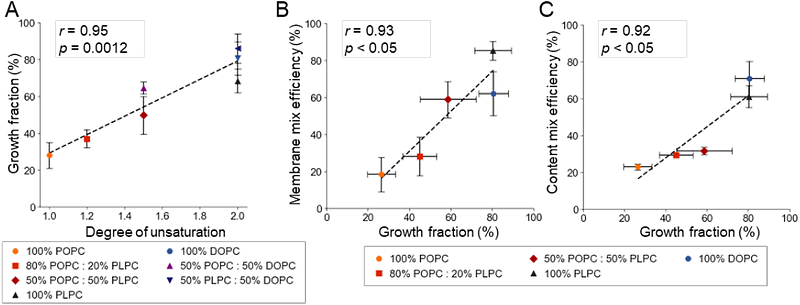Compositional selection of phospholipid compartments in icy environments drives the inheritance of encapsulated genetic information

Compositional selection of phospholipid compartments in icy environments drives the inheritance of encapsulated genetic information
Shinoda, T.; Noda, N.; Watanabe, T.; Kaneko, K.; Tanaka, Y.; Sekine, Y.; Matsuura, T.
AbstractThe lipid world hypothesis proposes that both intracellular components and the chemical composition of the membrane compartment carry heritable information that contributes to protocellular fitness. However, there are few experimental demonstrations of membrane compositional selection and no study has shown that phospholipids--the primary membrane components of modern cells--can support selection of this type. As lipid compartments generally grow in size before fission, faster-growing compartments should enjoy a selective advantage that favors both the membrane itself and the contents it hosts. When situated in icy environments undergoing cycles of freezing and thawing (F/T), we found that the growth of phospholipid vesicles depends on their phospholipid composition: Vesicles with more unsaturated bonds in the acyl chain showed higher growth efficiency. When vesicles composed of lipids with either one or two unsaturated bonds were mixed and subjected to F/T cycles, a selective enrichment of the lipid with two unsaturated bonds was observed. Moreover, selection acting on lipid composition was propagated to the encapsulated genetic material, which was also enriched while selectively neutral. We conclude that phospholipid composition can be a direct target of selection for grown vesicles under an icy environment leading to indirect but concurrent enrichment of compartmentalized genetic molecules.